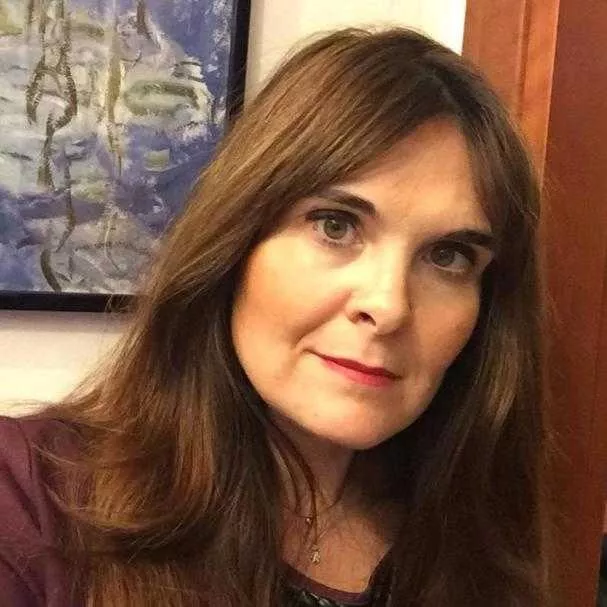
Forest Therapy originated in the 1980s in Japan, thanks to the observations of immunologist Qing Li. The aim was to raise awareness of the concepts of promoting Health through practices that bring people closer to Nature and Trees, strengthen the immune system and have a beneficial relaxing effect and improve numerous biological parameters. In Japan, where Forest Therapy is now regularly prescribed by Doctors, the term Shinrin-yoku, translatable as ‘Forest Bathing’ or ‘Forest Immersion’, is used, indicating the practice of recovering physical and psychic wellbeing by slowly and consciously going into a Forest, spending time in direct contact with it.
To date, hundreds of scientific studies in the health, clinical, physiological and psychological fields have examined the responses that are activated in our organism following the inhalation of volatile substances that are naturally diffused in the Woods and Forests, originating precisely from Trees, leaves, bark, flowers and even roots and soil. These substances (about 3,000 have been identified and classified to date) are called B-VOCs – Volatile Organic Compounds of Biogenic Origin, and constitute a heterogeneous set of organic molecules including Terpenes, Terpenoids, Phytoncides, Caryophyllenes, Esters, Alcohols, Ethers, emitted spontaneously and continuously by Plants and capable of performing a wide range of functions.
Approximately three hundred thousand years ago, when our species ‘Homo Sapiens’ began its adventure on Earth, Plants had already been present for hundreds of thousands of years: Man evolved inside Forests, breathing and assimilating B-VOCs, so that our cells, which are so stimulated, learned to express receptors (membrane and intracellular) to interact with these volatile and diffusible molecules.
Many effects have already been demonstrated on our health by scientific research through the practice of Forest Medicine:
- strengthens immune and anti-cancer defences (Tsao TM et al, 2018. Li Q et al, 2014. Li Q et al 2011a. Li Q et al 2011b. Li Q et al, 2010. Li Q, Miyazaki Y et al, 2009),
- migliora la funzionalità dei sistemi cardio-vascolare, broncopolmonare, metabolico e muscoloscheletrico (Li Q et al, 2016. J. Lee et al, 2014),
- favorisce la convalescenza nelle fasi di recupero (Jin-Woo Han et al, 2016. Song C.R. et al, 2015),
- combatte le conseguenze dello stress cronico (Baldwin Ann Linda, 2012),
- migliora la funzione psichica, le prestazioni mnesico-attentive (Nutsford D. et al, 2013. Min Ho Chun et al, 2017. Erin Largo-Wight, 2011).
In Italy the practice of Forets Therapy is very recent, it is accessible to all and can be practised in the Forest, Forest or Urban Park for an average time of at least 4-6 hours per week, in all the different seasons. Some territories have been “qualified” in our country with the term “Forest Bathing” according to specific parameters of soil, air and water healthiness (it is possible to check their location and characteristics on the A.I.Me.F. (Italian Association of Forest Medicine) website), but any wooded environment as long as it is far from city traffic and preferably characterised by non-planted trees can carry out a beneficial action in line with the principles of Forest Therapy.
During the Bosco di Bagno, various activities can be carried out that stimulate socialisation through group games, and the practice of so-called body-mind activities such as Yoga, Mindfulness, Tai Chi, or targeted studies on the essential oils emanating from corcostant plants. Other practices to support and aid awareness are also being introduced, such as Biblio-help (also known as Bibliotherapy in English) and the creation of a Narrative Diary that supports the capacity for expression and represents a common thread in the experiences of health professionals and participants. The integration of Narrative Medicine represents one of the main goals towards which the scientific community must move in order to optimise the benefit of contact with the Trees and the participant group, in light of the possibility it offers to rework and manifest, a verb dear to those who seek to integrate spirituality into their life journey.
My invitation to my fellow Doctors and Health Care Professionals is therefore to ally ourselves to increasingly support the process of bringing people closer to nature, to increase the intrinsic self-healing potential present in us and in our patients, by recommending and prescribing Forest Therapy, in a complementary manner to any other treatment that needs to be recommended for the various pathologies encountered. This simple act will really take us in the direction of a Person-Centred Medicine and not only on pathology, as the O.M.S. has been suggesting for some time. I am pleased to quote the words of Prof. Stefano Mancuso (Director of the International Laboratory of Plant Neurobiology, University of Florence):
Spending time in the forest, among the Trees, has so many positive effects on our physical and mental health, that forest care should be an area of Health, rather than Environment.
I conclude with a poetic composition, a contribution by Dr Rosita Privitera, a psychologist who participated in some of the dives I guided, dedicated to Trees:
Then everything passes… the memories, the sad ones, the most beautiful ones, the successes, the failures…. Even the dullest sorrow and the most vibrant joy are destined to fade away.
Generations, motivations, reasons pass.
Only the sacredness of moments of authenticity endures, transforming itself into an endless becoming.
Eternity, like space, expands impalpably and invisible to us, grazing us soundlessly.
Like silent, motionless observers, the trees witness the slow and profound flow of life and the imperceptible moments of eternity. The Trees, with their branches, roots soaring into the sky, whisper the depths of the incessant flow, without end!

Giovanna Borriello è neurologa e Responsabile del Centro di riferimento per la Sclerosi Multipla dell Ospedale San Pietro Fatebenefratelli di Roma, mentre presso la NCL sono Responsabile del Centro di ricerca clinica applicata alla Sclerosi Multipla.

